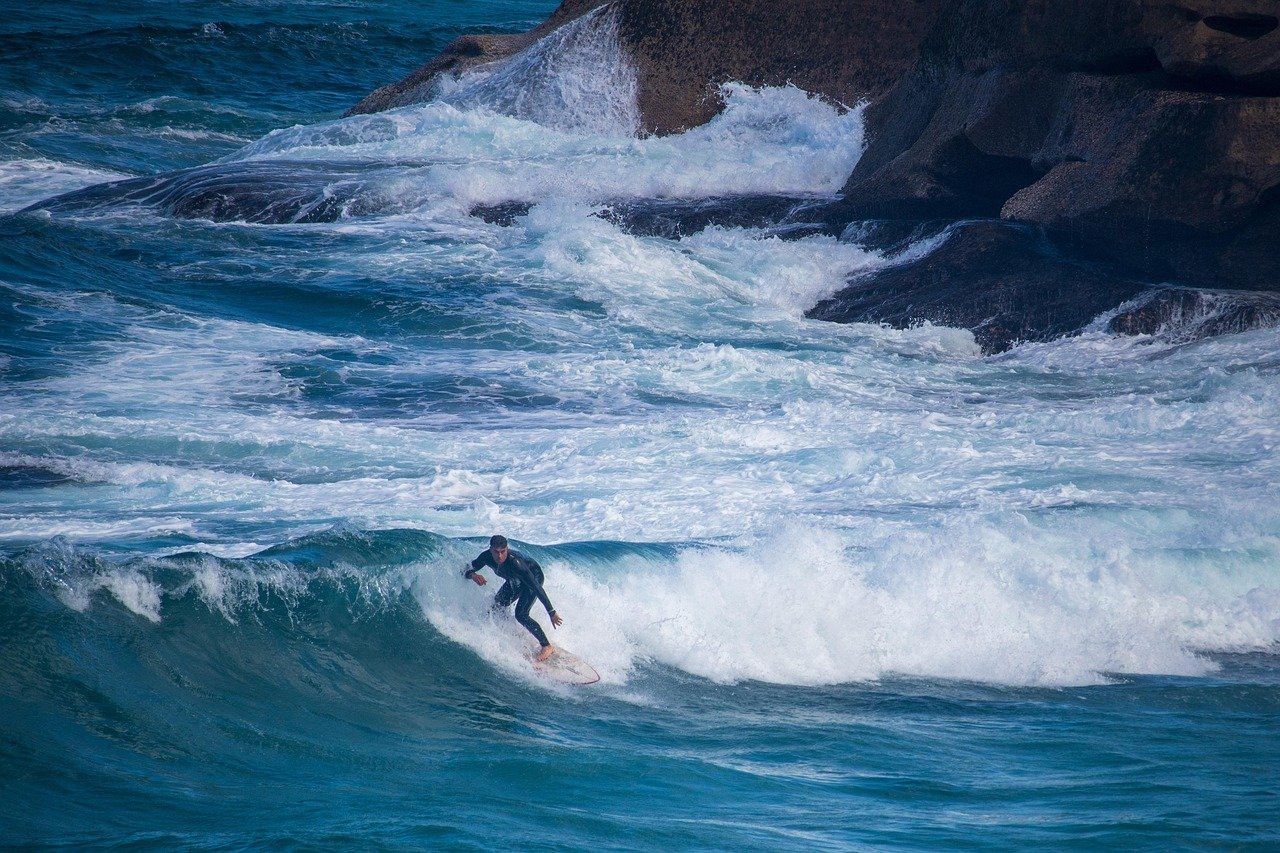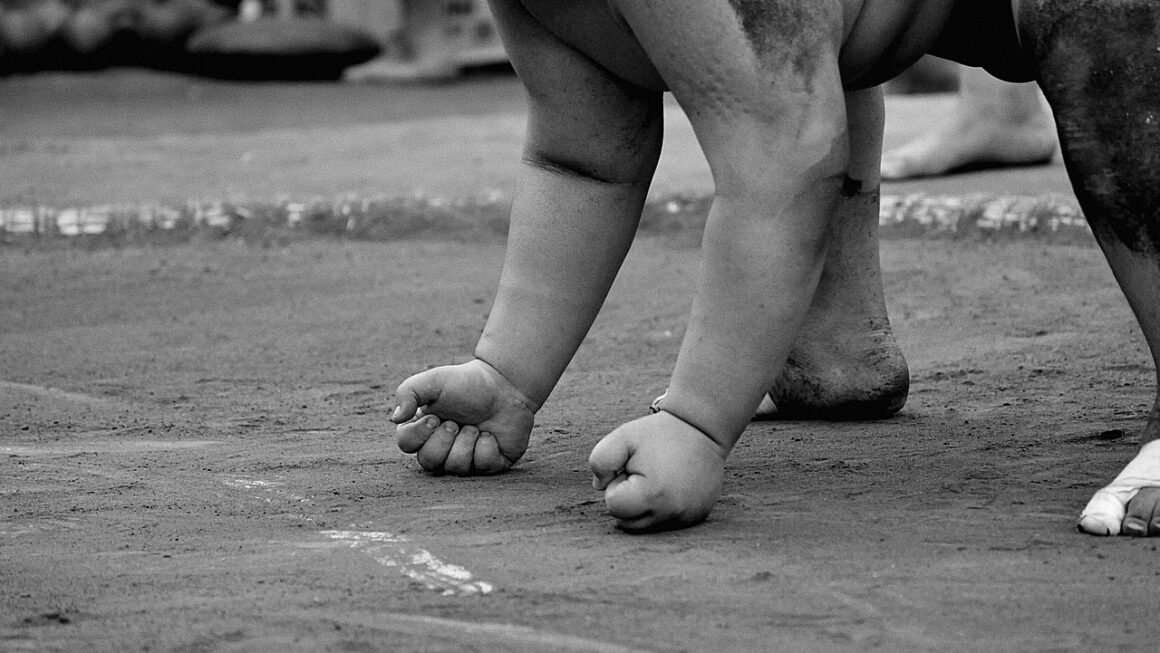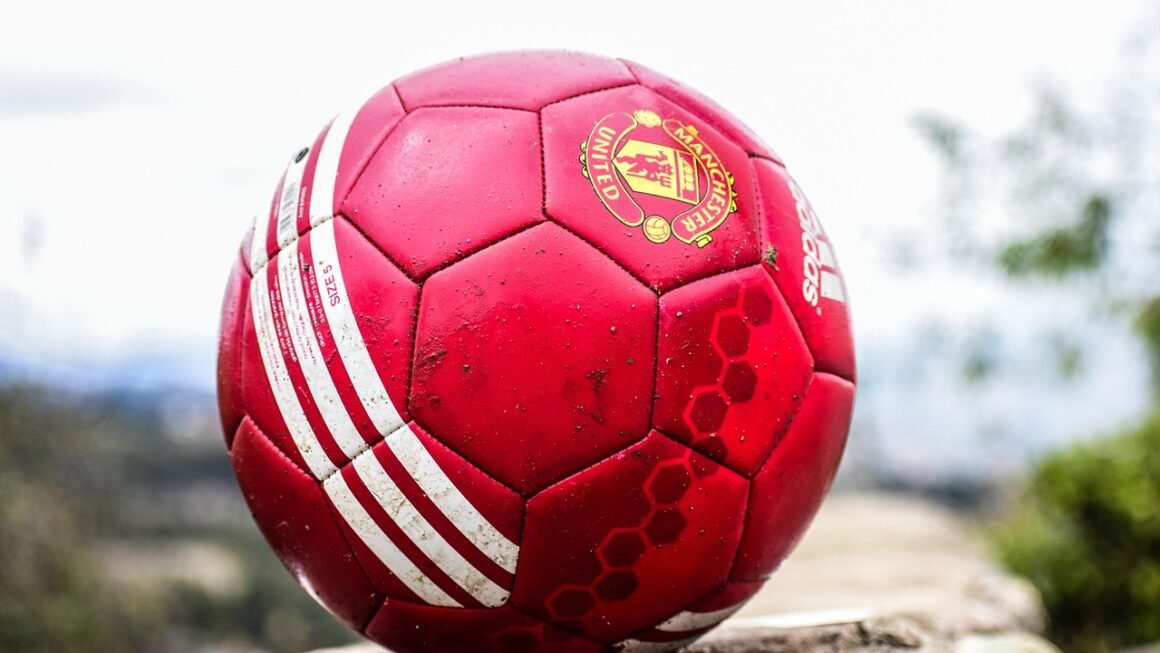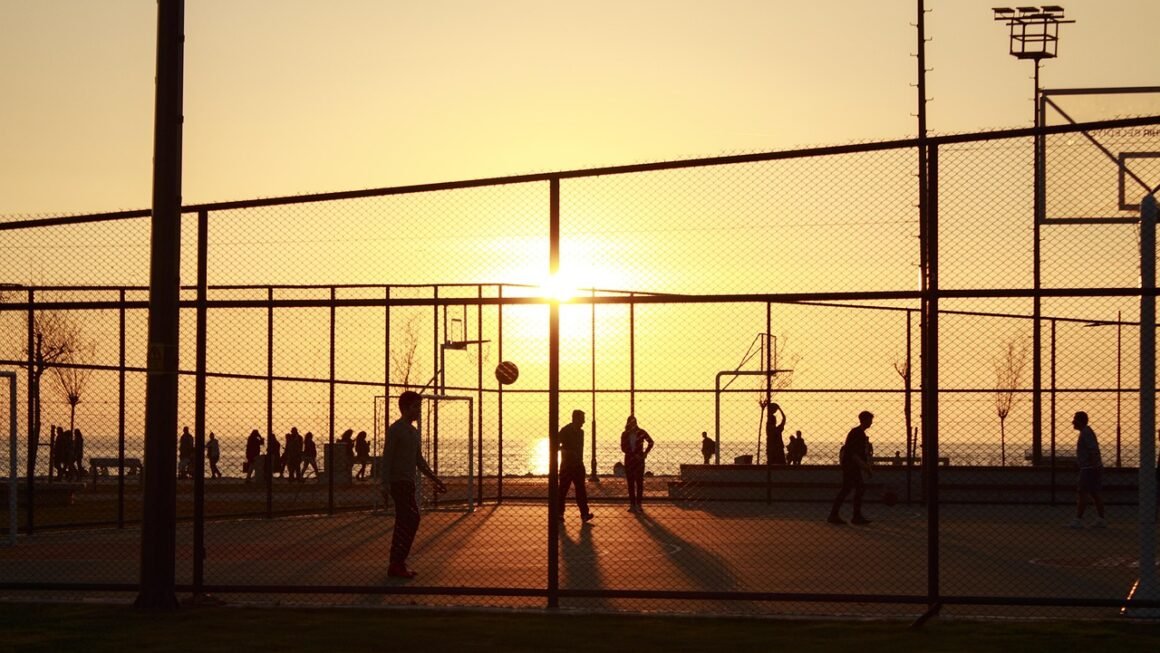Karate, more than just powerful kicks and precise punches, is a holistic discipline that cultivates mental fortitude, physical strength, and unwavering self-discipline. Originating from Okinawa, Japan, this martial art has captivated millions worldwide, offering a path to self-improvement, self-defense, and a deeper understanding of oneself. Whether you’re a seasoned martial artist or a curious beginner, this comprehensive guide will unlock the secrets of karate and its profound impact on your life.
The History and Evolution of Karate
Karate’s roots are deeply embedded in the Ryukyu Kingdom (modern-day Okinawa), influenced by indigenous fighting methods called “Te” and Chinese Kenpo. Over centuries, these techniques evolved and diversified, eventually giving rise to the karate we know today.
Okinawan Roots and Chinese Influence
- “Te”: The indigenous Okinawan fighting arts were the foundation. These techniques focused on close-quarters combat, grappling, and striking.
- Chinese Kenpo: Trade and cultural exchange brought Chinese martial arts to Okinawa, particularly forms of Kenpo. These introduced more structured techniques and kata (forms).
- Secrecy and Preservation: Due to political restrictions, karate was often practiced in secret, contributing to its diverse styles and techniques passed down through generations.
Standardization and Modern Karate
In the early 20th century, karate began to be standardized and introduced to mainland Japan. This led to the development of various styles, each with its own emphasis and characteristics.
- Gichin Funakoshi and Shotokan: Funakoshi is considered the father of modern karate. He adapted Okinawan karate for Japanese education and founded the Shotokan style, characterized by strong stances and linear movements.
- Other Major Styles: Other prominent styles include Goju-ryu (emphasizing circular movements and breathing techniques), Shito-ryu (a blend of various Okinawan styles), and Wado-ryu (incorporating elements of Japanese Jujutsu).
- Evolution and Adaptation: Modern karate continues to evolve, with practitioners adapting techniques and training methods to suit contemporary needs and challenges.
Core Techniques and Training
Karate training encompasses a wide range of techniques, from basic stances and strikes to complex combinations and self-defense maneuvers. Consistent practice and dedicated effort are essential for mastering these skills.
Foundational Techniques (Kihon)
- Stances (Dachi): Solid stances provide a stable base for generating power and maintaining balance. Examples include Zenkutsu Dachi (front stance), Kokutsu Dachi (back stance), and Kiba Dachi (horse stance).
Practical Example: Practicing Zenkutsu Dachi regularly strengthens leg muscles and improves balance, crucial for executing powerful punches.
- Strikes (Tsuki and Uchi): Punches, kicks, and open-hand strikes are fundamental offensive techniques.
Examples: Choku-zuki (straight punch), Gyaku-zuki (reverse punch), Mae-geri (front kick), Mawashi-geri (roundhouse kick).
- Blocks (Uke): Blocks are essential for deflecting and neutralizing attacks.
Examples: Age-uke (rising block), Soto-uke (outside block), Uchi-uke (inside block), Gedan-barai (downward block).
Kata (Forms) and Kumite (Sparring)
- Kata: Prearranged sequences of movements that simulate combat against multiple opponents. Kata are crucial for developing technique, balance, and coordination. Each kata has a particular history and intended use.
Example: The Heian (Pinan) kata series are often the first kata learned, teaching basic techniques and stances.
- Kumite: Sparring with a partner allows practitioners to apply their techniques in a dynamic and unpredictable environment.
Types of Kumite:
Kihon Ippon Kumite: Prearranged one-step sparring.
Jiyu Ippon Kumite: Semi-free one-step sparring.
Jiyu Kumite: Free sparring.
Example: Practicing Jiyu Kumite develops timing, reflexes, and the ability to react to unpredictable attacks.
Physical Conditioning
- Strength Training: Building strength is essential for generating power in strikes and maintaining stability in stances.
- Cardiovascular Training: Improving cardiovascular fitness enhances endurance and allows practitioners to maintain intensity throughout training.
- Flexibility Training: Increasing flexibility improves range of motion and reduces the risk of injury.
Mental and Spiritual Benefits
Karate is not just a physical discipline; it also cultivates mental and spiritual qualities that extend beyond the dojo (training hall).
Discipline and Self-Control
- Structured Training: The structured nature of karate training instills discipline and consistency.
- Respect for Hierarchy: Respect for instructors (sensei) and senior students fosters a sense of order and humility.
- Controlling Emotions: Karate teaches practitioners to control their emotions and react calmly under pressure.
Actionable Takeaway: Apply the discipline learned in karate to other aspects of your life, such as work, studies, and relationships.
Focus and Concentration
- Mindfulness in Movement: Kata requires intense focus and concentration, improving mental clarity.
- Blocking Distractions: Training helps practitioners block out distractions and stay focused on the task at hand.
* Practical Example: The repetitive practice of Kihon can be meditative, helping to clear the mind and improve focus.
Confidence and Self-Esteem
- Overcoming Challenges: Mastering new techniques and progressing through the ranks boosts self-confidence.
- Self-Defense Skills: Knowing how to defend oneself provides a sense of security and empowerment.
- Body Awareness: The physical nature of karate enhances body awareness and coordination, fostering self-esteem.
Choosing a Karate School and Style
Selecting the right karate school and style is crucial for a positive and rewarding training experience. Consider your goals, interests, and physical capabilities when making your decision.
Researching Different Styles
- Shotokan: Known for its strong stances and powerful linear movements. A very popular style worldwide.
- Goju-ryu: Emphasizes circular movements, breathing techniques, and close-range combat.
- Shito-ryu: Combines techniques from various Okinawan styles, offering a diverse curriculum.
- Wado-ryu: Incorporates elements of Japanese Jujutsu, focusing on fluidity and evasion.
- Kyokushin: A full-contact style known for its rigorous training and emphasis on physical toughness.
Evaluating a Karate School
- Instructor Qualifications: Look for instructors with extensive experience, proper certifications, and a positive teaching style.
- Training Environment: Visit the dojo and observe a class to assess the atmosphere, student interaction, and training methods.
- Curriculum and Focus: Determine whether the school’s curriculum aligns with your goals, whether you are interested in self-defense, sport karate, or traditional karate.
- Trial Classes: Take advantage of trial classes to experience the school’s training firsthand before committing.
Setting Realistic Goals
- Start Slowly: Begin with basic techniques and gradually progress to more advanced skills.
- Consistency is Key: Regular training is essential for improvement. Aim for at least two to three classes per week.
- Listen to Your Body: Avoid pushing yourself too hard, especially when starting out. Allow adequate time for rest and recovery.
- Celebrate Progress: Acknowledge your achievements and celebrate your progress along the way.
Conclusion
Karate is more than just a martial art; it is a transformative journey that can enhance your physical, mental, and spiritual well-being. From its rich history and diverse techniques to its profound impact on self-discipline and confidence, karate offers a path to personal growth and self-discovery. By choosing the right school and style, setting realistic goals, and embracing the principles of karate, you can unlock your full potential and embark on a rewarding and enriching experience. Whether you seek self-defense skills, improved fitness, or a deeper understanding of yourself, karate can provide the tools and guidance you need to achieve your aspirations. Embrace the challenge, commit to the training, and discover the transformative power of karate.



